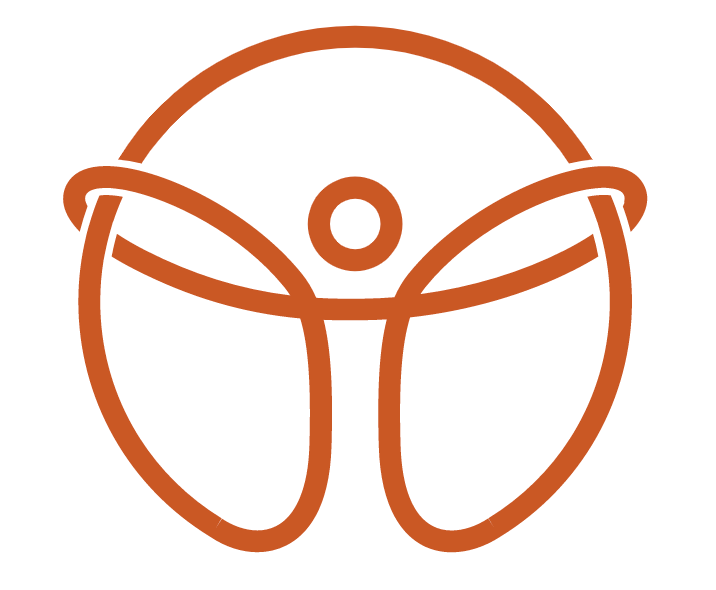Sacroiliac Pain vs. Lumbar Pain: Understanding the Differences and How Chiropractic Care Can Help
Low back pain is one of the most common musculoskeletal complaints, but not all back pain is the same. Two of the most frequently confused sources of pain are the sacroiliac (SI) joint and the lumbar spine. To complicate matters further, hip dysfunction can also mimic or contribute to both conditions. Accurately identifying the root cause of pain is critical to effective treatment, and at MVMT STL Health and Wellness, we use a thorough examination to differentiate these conditions and tailor treatment plans that provide long-lasting relief.
Sacroiliac Joint Pain vs. Lumbar Spine Pain
Sacroiliac Joint Dysfunction
The SI joints connect the sacrum (the triangular bone at the base of the spine) to the pelvis. These joints provide stability while allowing minimal movement, but when they become inflamed or irritated, they can cause significant pain.
Signs of SI joint dysfunction:
- Pain localized to one side of the lower back, often just below the belt line
- Discomfort that worsens with prolonged standing, walking, or transitioning from sitting to standing
- Pain that radiates into the buttock or thigh (but rarely below the knee)
- A sensation of instability or "locking" in the pelvis
SI pain is often mistaken for lumbar spine pain because of its location. However, it tends to feel more like an ache or sharp jab, especially with certain movements.
Lumbar Spine Pain
The lumbar spine consists of the five vertebrae in the lower back, which bear much of the body’s weight and allow for bending and twisting. Lumbar pain can result from muscle strain, disc injuries, arthritis, or nerve compression (such as sciatica).
Signs of lumbar spine pain:
- Pain in the center or slightly off-center of the lower back
- Pain that worsens with bending, lifting, or prolonged sitting
- Possible radiating pain down one or both legs (especially if a disc is involved)
- Stiffness and reduced range of motion
Unlike SI joint pain, lumbar spine issues often cause discomfort that spreads down the legs, sometimes into the foot, due to nerve irritation.
Could It Be a Hip Issue?
Hip problems, such as hip impingement, labral tears, or osteoarthritis, can also present as lower back or SI joint pain. A restricted or dysfunctional hip joint can cause compensations that overload the SI joint or lumbar spine.
Signs of hip-related pain:
- Discomfort deep in the groin or outer hip
- Pain with prolonged sitting or specific movements like crossing legs
- Stiffness or catching sensations in the hip joint
- Pain that worsens with weight-bearing activities like running or climbing stairs
Because hip, SI, and lumbar pain can overlap, a thorough assessment is essential to pinpoint the true source of the problem.
How Chiropractic Care at MVMT STL Can Help
At MVMT STL Health and Wellness, we take a comprehensive approach to diagnosing and treating lower back, SI joint, and hip pain. We use a detailed orthopedic and movement-based examination to identify the primary pain generator and any contributing dysfunctions. Our treatment approach may include:
Dry Needling – Targets trigger points in muscles around the lumbar spine, SI joint, and hip to reduce pain and restore movement.
Active Release Technique (ART) – Breaks up adhesions in soft tissues, improving mobility and decreasing nerve irritation.
Instrument-Assisted Soft Tissue Mobilization (IASTM) – Uses specialized tools to reduce scar tissue and improve tissue flexibility.
Chiropractic Adjustments – Restores normal joint motion in the lumbar spine, SI joint, and pelvis, reducing pain and improving function.
If you're experiencing persistent lower back, SI, or hip pain, don’t guess—get assessed! Visit MVMT to schedule an appointment and get back to moving pain-free.

